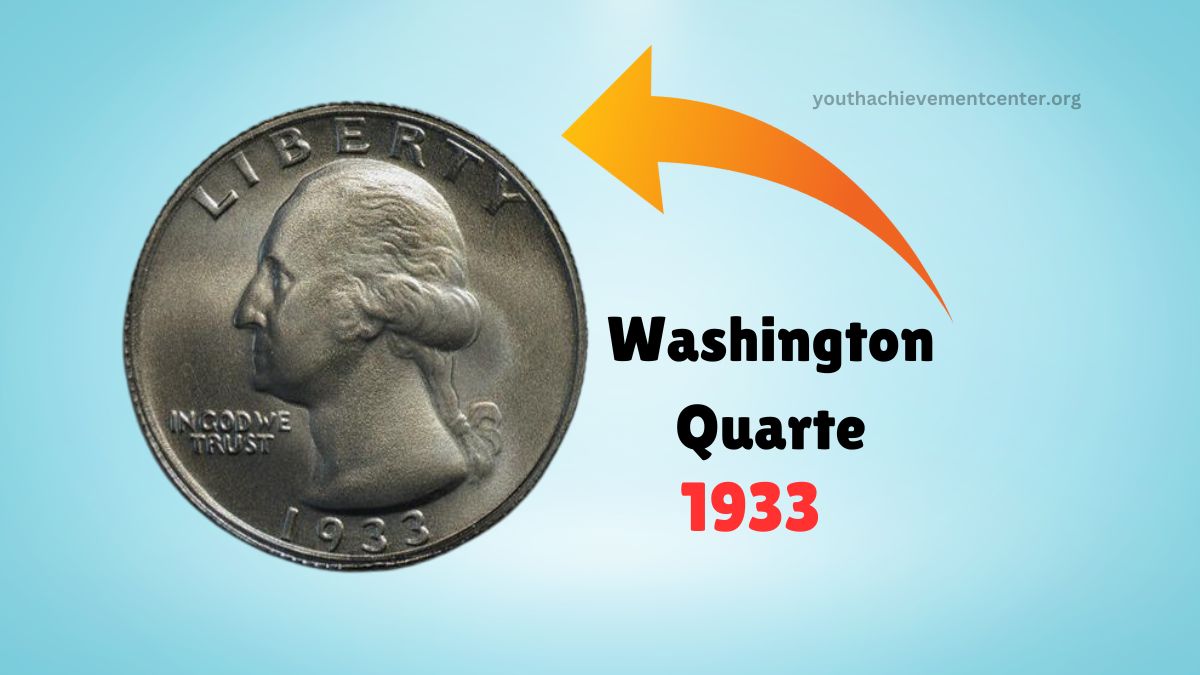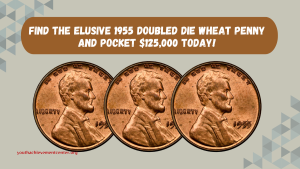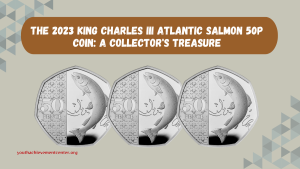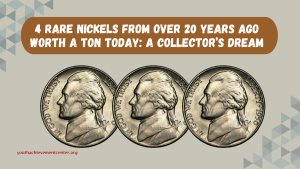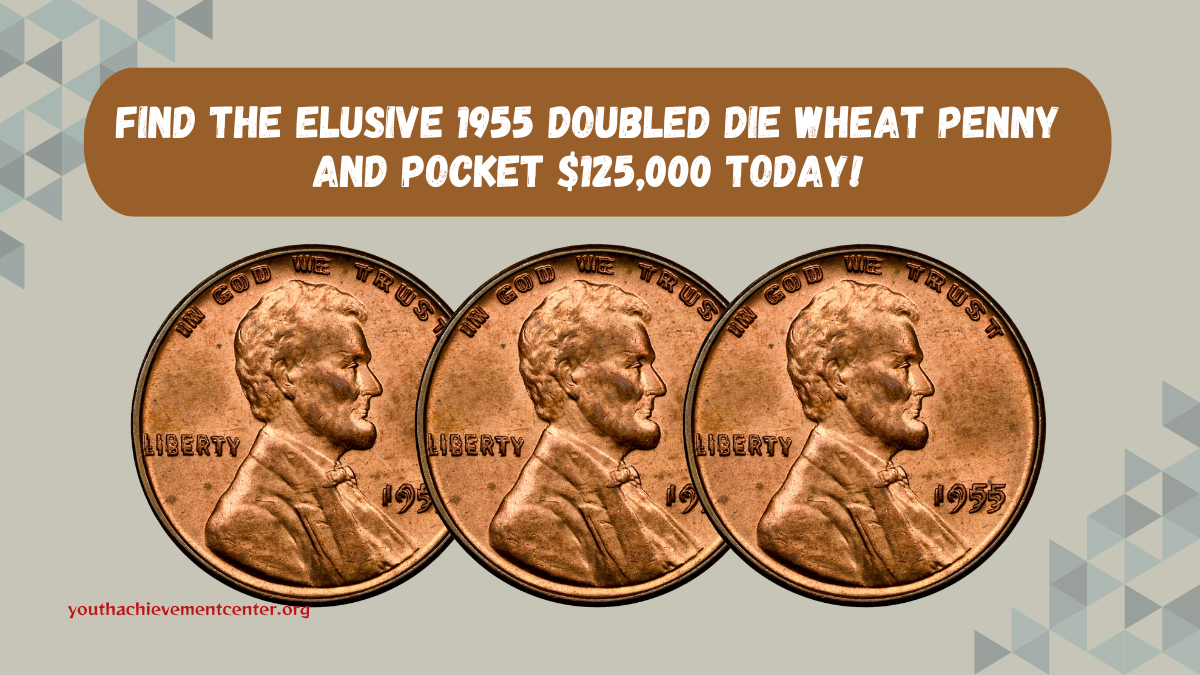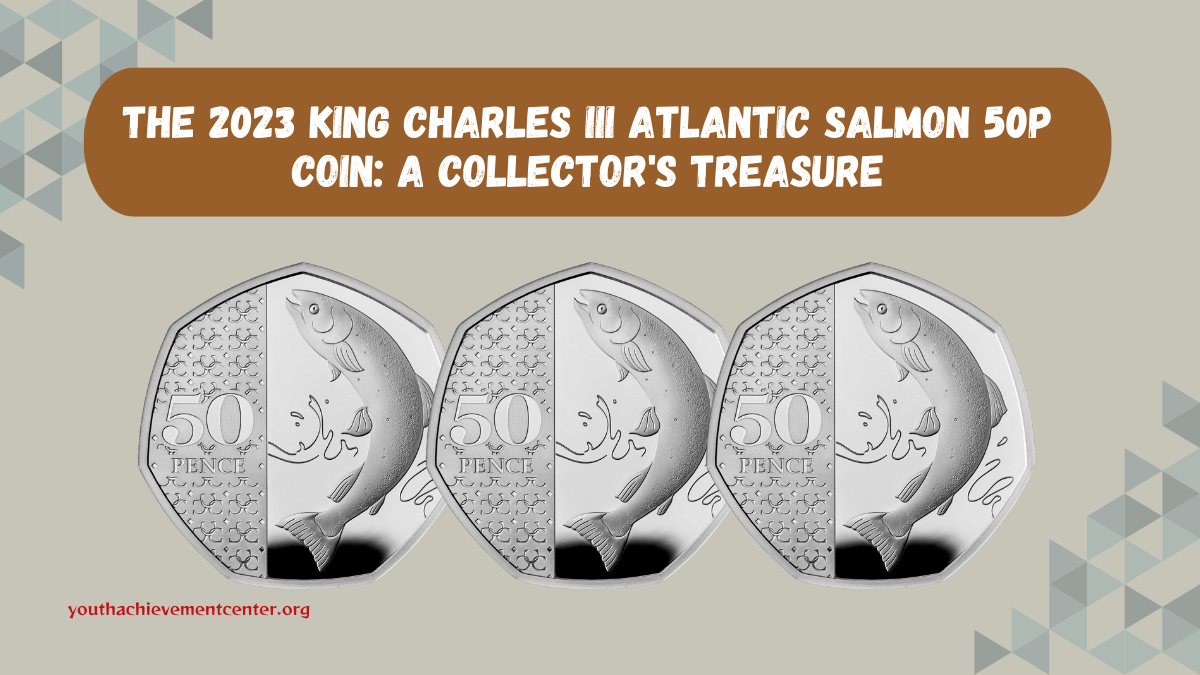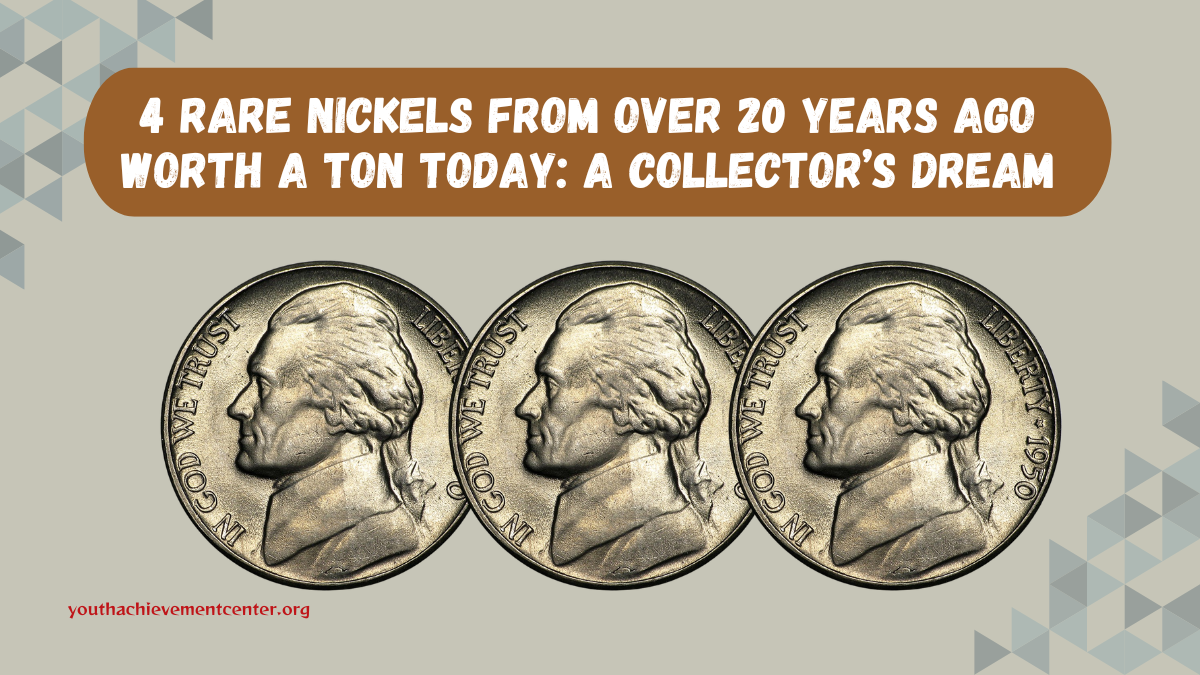The 1933 Washington Quarter holds a legendary status among collectors, despite the fact that it was never minted.
This mythical coin often sparks curiosity and debate, but historical records make it clear: no genuine 1933 Washington quarters exist.
This article explores the historical context, debunks myths, and provides insights into how this non-existent coin became a subject of fascination for coin enthusiasts.
Why Was There No 1933 Washington Quarter?
The Washington Quarter was first minted in 1932 to honor George Washington’s 200th birthday. Due to the economic turmoil of the Great Depression, the U.S. Mint halted production of quarters in 1933, citing reduced demand and financial constraints. This decision left a gap in the coin’s production timeline.
In 1934, the economy began to stabilize, and production of Washington quarters resumed. The absence of a 1933 quarter has since fueled myths and led some collectors to believe in the existence of rare, secret issues, despite conclusive evidence from mint records confirming otherwise.
Debunking the Myth of the 1933 Washington Quarter
The legend of the 1933 Washington Quarter has persisted due to misinformation and counterfeit attempts. Scammers have taken advantage of this myth to create fake coins, leading many collectors to believe they have stumbled upon a valuable find.
Common Signs of Counterfeits:
- Incorrect Mint Marks: Some fakes feature mint marks inconsistent with genuine quarters.
- Design Flaws: Subtle errors in Washington’s portrait or lettering.
- Over-Strikes: Coins from other years altered to appear as 1933 quarters.
Collectors should seek expert opinions and rely on professional grading services to confirm authenticity when dealing with questionable coins.
The Obverse Design of the Washington Quarter
The Washington quarter, designed by John Flanagan, features George Washington’s profile on the obverse. This iconic design has remained largely unchanged since its introduction, symbolizing American heritage.
Key Features of the Design:
- Washington’s Portrait: Detailed and dignified, capturing the essence of the first U.S. President.
- Inscriptions: “LIBERTY,” “IN GOD WE TRUST,” and the mint year (absent for 1933 quarters).
- Reverse: An eagle with outspread wings, designed to represent strength and freedom.
Understanding these design elements is crucial for identifying authentic coins and distinguishing them from counterfeits.
Were Any Coins Minted in 1933?
While no Washington quarters were produced in 1933, the U.S. Mint struck other denominations during that year. These include:
- Buffalo Nickels
- Mercury Dimes
- Walking Liberty Half Dollars
These coins serve as a reminder of the Mint’s selective production during challenging economic times.
| Coin Type | Minted in 1933? | Notable Features |
|---|---|---|
| Washington Quarter | No | Halted due to economic strain |
| Buffalo Nickel | Yes | Iconic Native American design |
| Mercury Dime | Yes | Winged Liberty head |
| Walking Liberty Half Dollar | Yes | Artistic depiction of Liberty |
Why the Myth Endures
The myth of the 1933 Washington Quarter persists because collectors are drawn to the idea of rare and elusive coins.
Speculation and stories surrounding this coin continue to captivate the numismatic community, despite the lack of factual evidence.
Fantasy Coins: Some companies produce commemorative or over-struck versions of 1933 quarters. While intriguing, these are not official U.S. Mint products and hold no historical value.
The 1933 Washington Quarter is a compelling tale of a coin that never existed. While the myth has sparked fascination among collectors, the historical records are clear: no such coins were minted.
Understanding the context and design of genuine Washington quarters helps collectors navigate the numismatic world with confidence.
For enthusiasts, the true value lies in appreciating the rich history and artistry of authentic coins.
FAQs
Does a 1933 Washington Quarter Exist?
No, official mint records confirm that no Washington quarters were produced in 1933.
Why Were Quarters Not Minted in 1933?
The Great Depression led to reduced demand for coins, prompting the U.S. Mint to halt production temporarily.
How Can I Avoid Counterfeit Coins?
Consult reputable grading services and purchase from trusted dealers to ensure authenticity.

